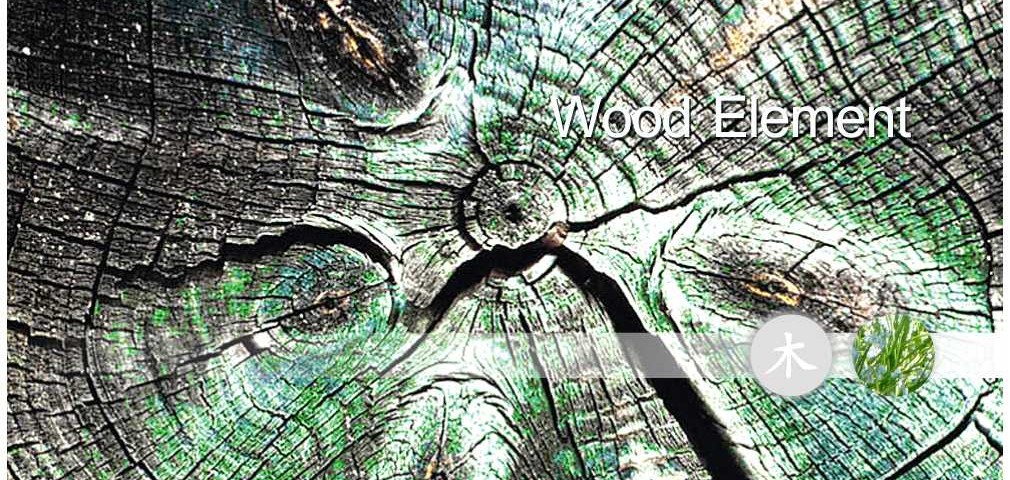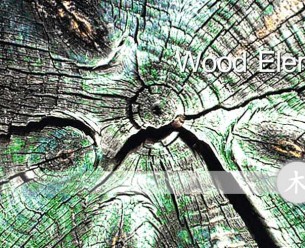The condition we are going to look at for Spring is headaches
This is a very good example of how one complaint can be explained in multiple ways by Chinese Medicine. In fact, there are fourteen different syndromes for headaches…
Spring is Liver and Gall Bladder time and though not all of these syndromes are directly linked to these organs, many are, and these are the ones that most frequently present in clinic. This may be to do with the energy of Spring, as right now we see Yang rising up in the form of new life and growth. One syndrome commonly seen in clinic is Liver Yang Rising. This occurs when the Yin of the Liver is too weak to manage the natural rising of Yang. This imbalance leads to Yang ascending too fast – often resulting in the agony of a migraine…
The different types of headache described by acupuncture are usually organised according to how they originate. Three are considered to be from External causes, which means that they are the result of exposure to some external pathogen or environmental factor. For example, the brain freeze headache you get after too much ice cream would likely be Wind Cold.
Seven are considered mixed patterns which means that there is an imbalance in the system, with one excess energy over-riding a weaker one, as with the example of Liver Yang Rising.
The final four are all the result of some underlying energetic deficiency.
For diagnostic purposes it is more useful to group the different headaches according to their symptoms. Here is a flow diagram to help with diagnosis:
How severe is the headache?
1 Very severe
- Is the pain tight or pushing in? See Inward pain
- Is the pain pushing out?
1. Is the pain full, heavy and foggy? See Phlegm-Damp - Is the pain splitting or bursting?
1. Do you also feel hot? See Wind Heat and Stomach Fire
2. Do you also feel angry? See Liver Yang Rising
3. Do you also feel hot and angry? See Liver Fire Blazing - Is the pain fixed in one location, sharp and drilling? See Liver Blood Stagnation
- Is the pain pushing out?
2. Moderate, dull or mild See deficiency syndromes
Severe Pain
Inward pain:
Three different syndromes share the characteristic sensation of tightness, or inward pressure.
- Wind-Cold
This type of headache is external and is therefore usually due to exposure to cold winds, cold foods or both. If recurrent this type of headache will also be worse after expose to wind or cold. The pain is tight and contracting. It is often focused in the neck and the back of the head, but it can affect any part of the head or the whole head. Often the patient feels cold first and then the muscles stiffen up causing pain. These headaches are often accompanied by cold limbs. The patient may be drowsy and exhausted after an attack. - Wind-Damp
This type of headache is external and is therefore usually due to exposure to damp winds, or rich food or both. If recurrent this type of headache will also be worse in damp or windy weather and after heavy greasy food. In this case the head feels heavy and constricted, as if it is wrapped too tightly in a cloth. There is likely to be accompanying dizziness, drowsiness and difficulty concentrating. Often there is also a history of sinus problems, nasal mucous and fullness of the chest. - Liver Qi Stagnation
This is a very common cause of headaches and the one most associated with stress and tension. Its severity can vary considerably from quite mild to very severe. The pain is again often tight, throbbing or bearing and is usually in the temples or the top of the head. It may be accompanied by nausea, vomiting, lack of appetite or epigastric pain. Sometimes there is also visual disturbance. This type of headache is often worse with stress, heavy, thundery weather or around the time of the period.
Outward pain:
The next six types of headache share the characteristic of fullness or bursting pressure. The head feels too full and there is pressure from the inside out.
- Phlegm-Damp
This headache feels very full and uncomfortable. People sometimes describe it as having a ‘Thick head’. Concentrating is difficult, and the head feels heavy and fuzzy, as if full of cotton wool. These headaches will be worse in damp weather and are often located behind the forehead. There is likely to be accompanying lassitude and possibly nausea and fullness of the chest and epigastrium. There may be a history of sinus or chest problems. - Wind-Heat
This type of headache is external and is therefore usually due to exposure to hot winds, hot foods or both. If recurrent this type of headache will also be worse after expose to wind or heat. This type of headache is characterised by extreme outward or splitting pressure, where the head almost feels like it will burst. It can be focused on the top of the head, the temple or the whole head. There will also be lots of heat – the head feels very hot, the eyes may be red, and the mouth is very dry. - Stomach Fire
This is a mixed condition that comes from a combination of too much hot, sweet and heavy foods and a deficiency in the Stomach and Spleen. In practise, I am also seeing many more examples of this type of headache coming from food allergies. These headaches will therefore often be worse after eating certain foods, often things that are spicy, acidic or greasy. The pain is often located in the forehead and is usually described as full and bursting. Again there will be signs of heat with a red face, thirst and possibly even fever. Due to the link to the digestive system there is often also stomach pain, constipation or hunger. - Liver Yang Rising
This is a mixed condition where the patient’s Yin is too weak to control the Yang, which surges up to the head causing pain. This pain is full, throbbing and bursting. It is usually in the temples, vertex, or occiput. It may be one-sided. There is often pain in or behind the eyes. There may be accompanying high-pitched tinnitus, dizziness, spots in front of eyes. The patient is easily angered during the headache. These headaches may be worse in the afternoon and linked to the period. Often patients report feeling better sitting up during an attack. - Liver Fire Blazing
This is another mixed condition. It occurs when stagnation in the Liver leads to Heat, which then blazes up to the head. The pain in this case is severe, piercing and splitting. It is often located in the temples, vertex or whole head. Again there is often pain and redness in and around the eyes. There will be signs of heat such as a red face, dry mouth, thirst, bitter taste and constipation. This will be accompanied by extreme anger and possibly pain in and under the ribs. - Blood Stagnation
This is another internal condition and is essentially a more extreme version of Liver Qi Stagnation. The pain with this type of headache is characteristically fixed in one place. It is acutely sharp and drilling and may be continuous or come in waves. The headaches are usually worse at night and with stress. They may also get worse around the time of the period or irritatingly, during times of excitement.
Moderate, dull or mild
These are those nagging headaches we all get from time to time. Not bad enough to stop us getting on with our day but uncomfortable and annoying.
The reason the level of pain is lower with these headaches is that they are actually caused by a lack – rather than an excess. There are five classic types of deficiency headache.
- Blood Deficiency
The pain with this type of headache is described as dull and empty, almost like there is a hole in the head. It can be at the top of the head, on the forehead, above the eyebrows or at the temples. Classically this will be the headache you get after over straining, a long day at work or exerting yourself. Therefore, it may be worse in the afternoon or evening. Accompanying general symptoms are poor memory, finding it hard to drop off to sleep, mild dizziness, pins and needles or numbness and a pale completion. - Qi Deficiency (Usually Heart or Stomach and Spleen)
This is another mild headache, but it tends to be persistent. It may be worse in the morning or when tired and is often better after rest or food. It may be located at the forehead, but can also affect the top or the whole of the head. Accompanying symptoms include tiredness and weakness, weak voice, loose stools and spontaneous sweating.
The last three are really the same headache – which results from a deficiency of the Kidneys. The difference is the type of Kidney energy that is lack…
- Kidney Yin Deficiency
The pain with this headache is described as a vague ache inside the brain that may feel like an emptiness. If it comes from Yin deficiency there will also be symptoms such as dizziness, tinnitus, soreness of the lower back and knees, night sweats, dry mouth at night and aversion to heat. - Kidney Yang Deficiency
So again the pain is a vague empty ache inside the brain, but this time the will be signs of Yang deficiency including a shiny pale face, cold limbs, puffy skin or oedema, lassitude and aversion to cold. - Kidney Jing Deficiency
With Jing deficiency the vague empty ache inside of brain will be accompanied by symptoms such as loss of hearing, poor memory, teeth and hair loss. The headaches may also be worse after sex.



